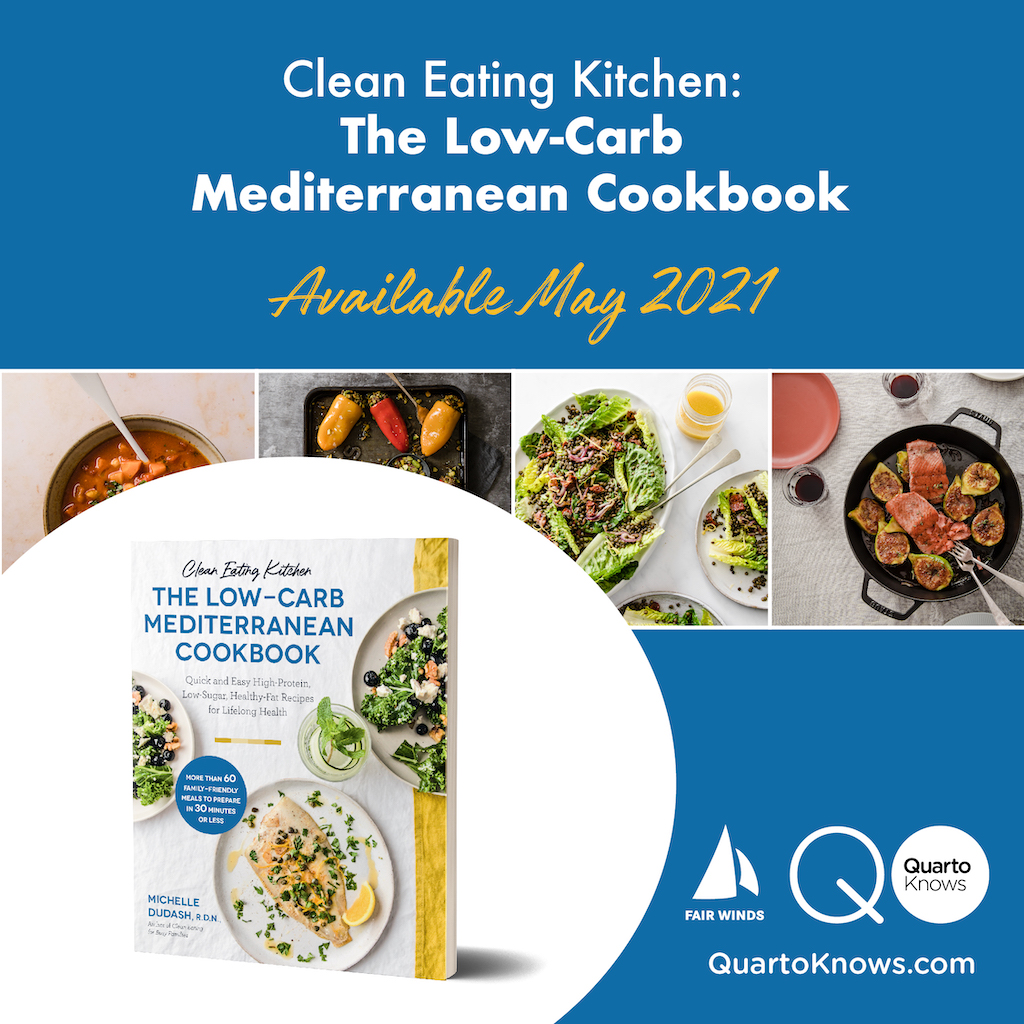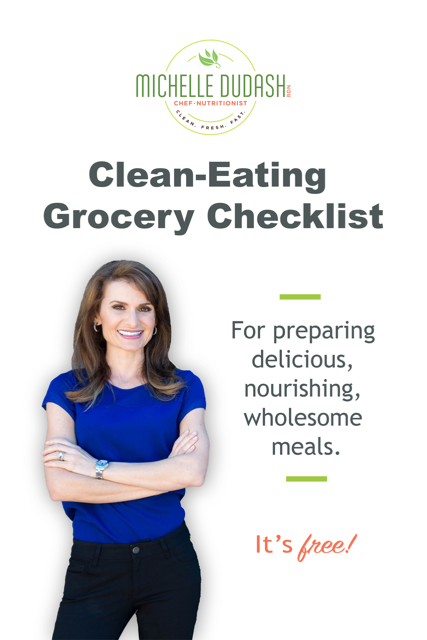What is Clean Eating? June 2015
As a clean eating cookbook author and Registered Dietitian, one of the questions I most frequently get is, “Well, what exactly is clean eating?”
What is clean eating? There are a variety of clean eating experts out there, there are different opinions. But one thing that we can all agree on is processed.
Choose whole foods in their least processed state
I see processed food as you take a single food and it falls on a continuum. On the far left, you have an apple you’ve plucked from a tree. There’s not processing going on there. But then the farther down you go, maybe the skin is removed, maybe it’s juiced, maybe the fiber is removed, that food travels farther down the processed food continuum into maybe an applesauce or a fruit leather.
Typically, the less processed an item, the more naturally occurring nutrients it contains, whether that be fiber or Vitamin C. Processing means you can end up with less nutritious foods.
You can take this a step farther, which I do, which is looking for food free of artificial colorings, artificial sweeteners, free of preservatives. There is mounting evidence that some of these additives may be detrimental to our healthy, though more research needs to be done.
Choose local, in-season foods when possible
The second part of clean eating is choosing local, seasonal foods when possible. For example, when it’s June, this is the time of year you want to opt for strawberries and stone fruit because they are domestically grown. Choose produce that is grown here in the United States, and ideally chose those closer to home. Compare that to eating butternut squash right now during the summer, or asparagus in January. It’s typically traveling a long way from South America.
Get a colorful array of food for more nutrients
Finally, we want to choose a colorful array of foods. Eating a rainbow of foods means choosing a lot of fruits and vegetables. That really should be the foundation of your diet, supplemented with whole grains, dairy or dairy alternatives and protein. Animal protein can come from sources such as chicken, pork or beef. Plant based protein can come from legumes, which I am certainly an advocate of, as there are many benefits to going meatless.

 I'm a chef nutritionist, not the food police. I eat cookies but make sure to eat my broccoli too.
I'm a chef nutritionist, not the food police. I eat cookies but make sure to eat my broccoli too.

